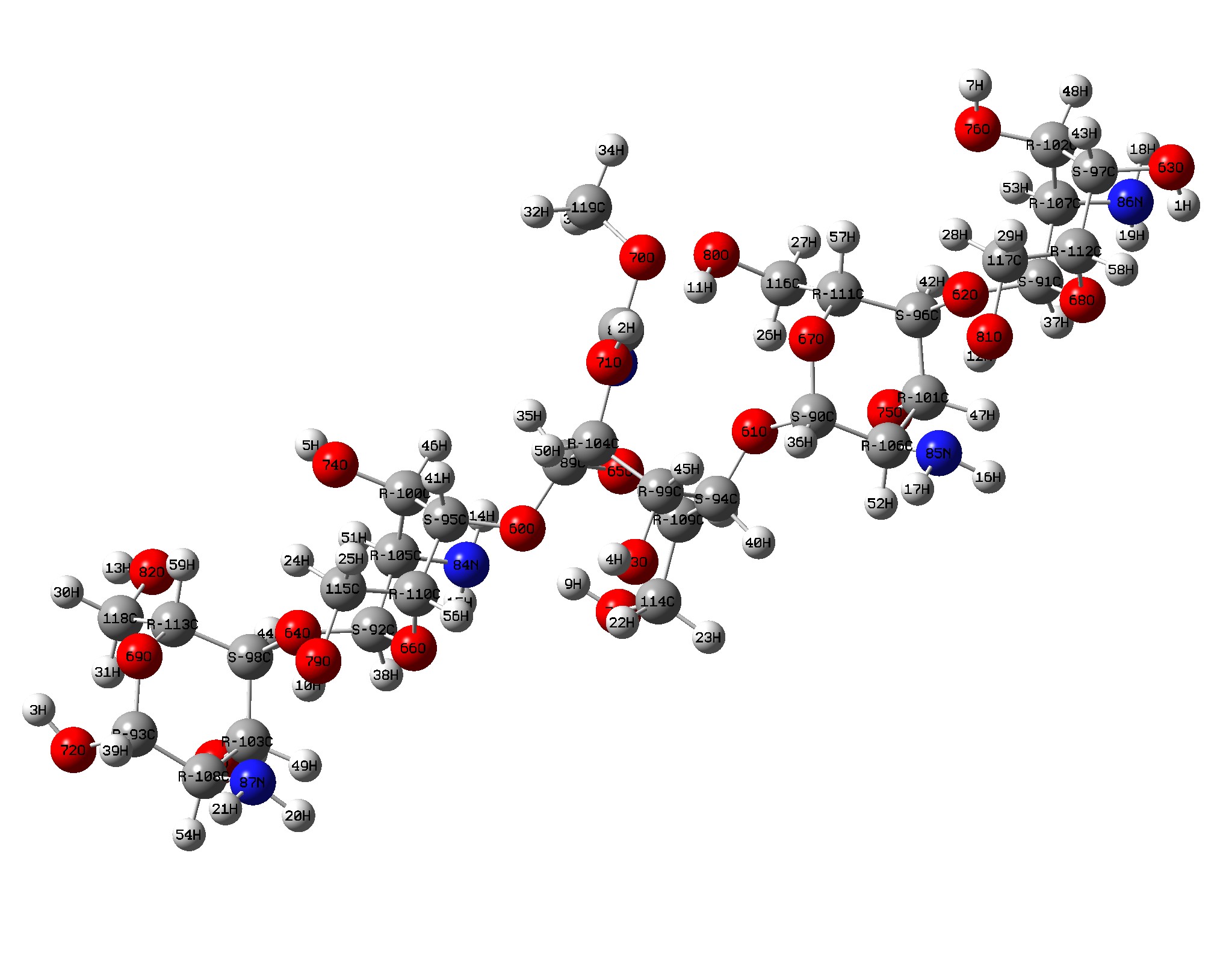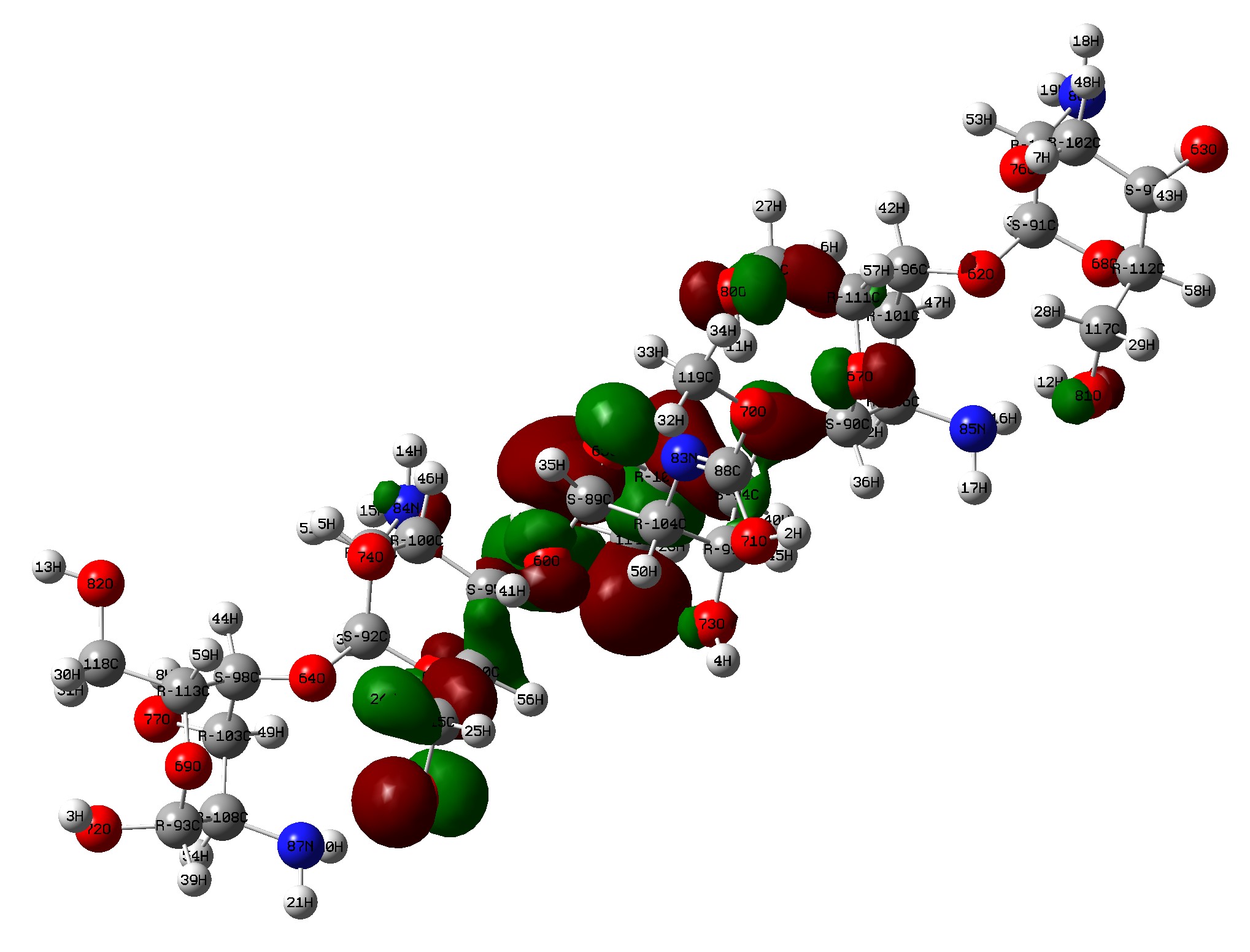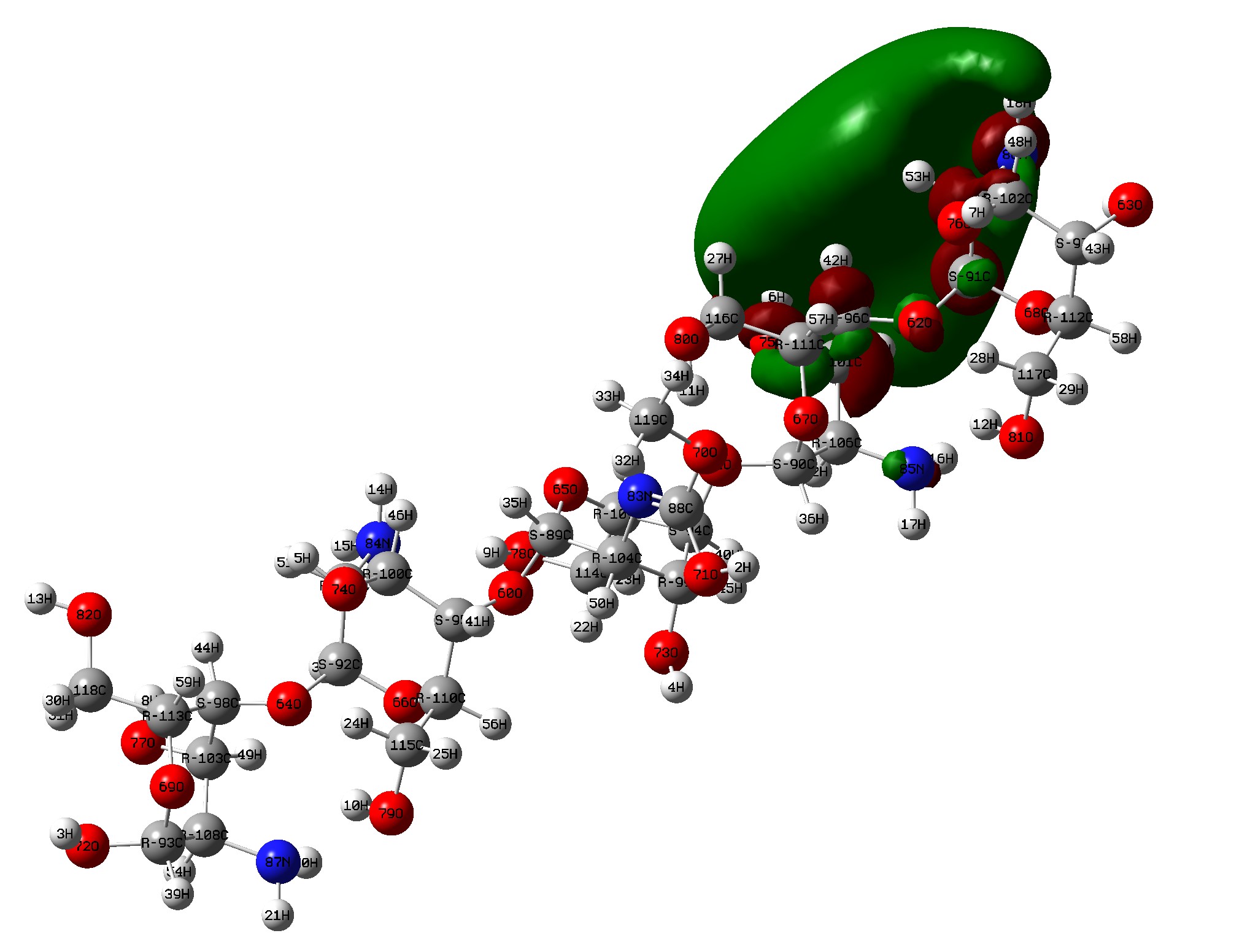“IInsilico: Where every molecule has a story—and we can’t wait to help you tell it.”

At IInsilico, we’re more than just a team of number‑crunchers and code wizards — we’re your trusted allies in scientific exploration. Driven by high‑performance computing and a love of solving problems, our aim is to make the impossible feel normal. Whether you are a seasoned pharma veteran or a driven graduate student, trust us to provide the tools, insights, and spark that propel life‑changing discoveries.
Density Functional Theory (DFT) is a quantum mechanical method used to study the electronic structure of atoms, molecules, and materials. Predict molecular geometry, reaction mechanisms, spectra, and more — because sometimes you need the quantum truth to handle the big ideas.




Predict the binding affinity of ligands to receptor proteins. From nutraceutical research to drug development, docking has become a formidable tool for discovery.
Study how small molecules bind to target proteins to inform drug discovery, molecular biology, and nanotechnology applications.
Predict interactions between proteins for pathway analysis, enzyme‑substrate studies, antigen‑antibody binding, and beyond.
Analyze interactions between small molecules for supramolecular chemistry, drug‑drug interactions, and nanotechnology.
Predict and analyze how small molecules interact with DNA for drug discovery, gene regulation, and nanotech applications.
Study atomic motion over time to explore protein‑ligand interactions, folding, membranes, nanomaterials and more.
As Molecular Dynamics Is : a computational simulation technique that models the physical movements of atoms and molecules over time by applying Newtonian mechanics to their interactions. This method reveals the dynamic "evolution" of a molecular system, allowing researchers to visualize conformational changes, predict chemical reaction outcomes, and understand the behavior of biological molecules like proteins and DNA at an atomic level.
Genomics, transcriptomics, proteomics — one omic or all of them. Our job is to turn that data mountain into actionable insights — no new coding wizardry required.
Turn experimental chaos into crystal‑clear data stories. With rigorous stats and elegant visuals, we’ll help your research stand out in any journal.
.png)
.png)
.png)
.png)
.png)
.png)
Simulate, visualize, and analyze molecular structures — from small molecules to complex biological systems — for drug discovery, protein engineering, nanotech and more.